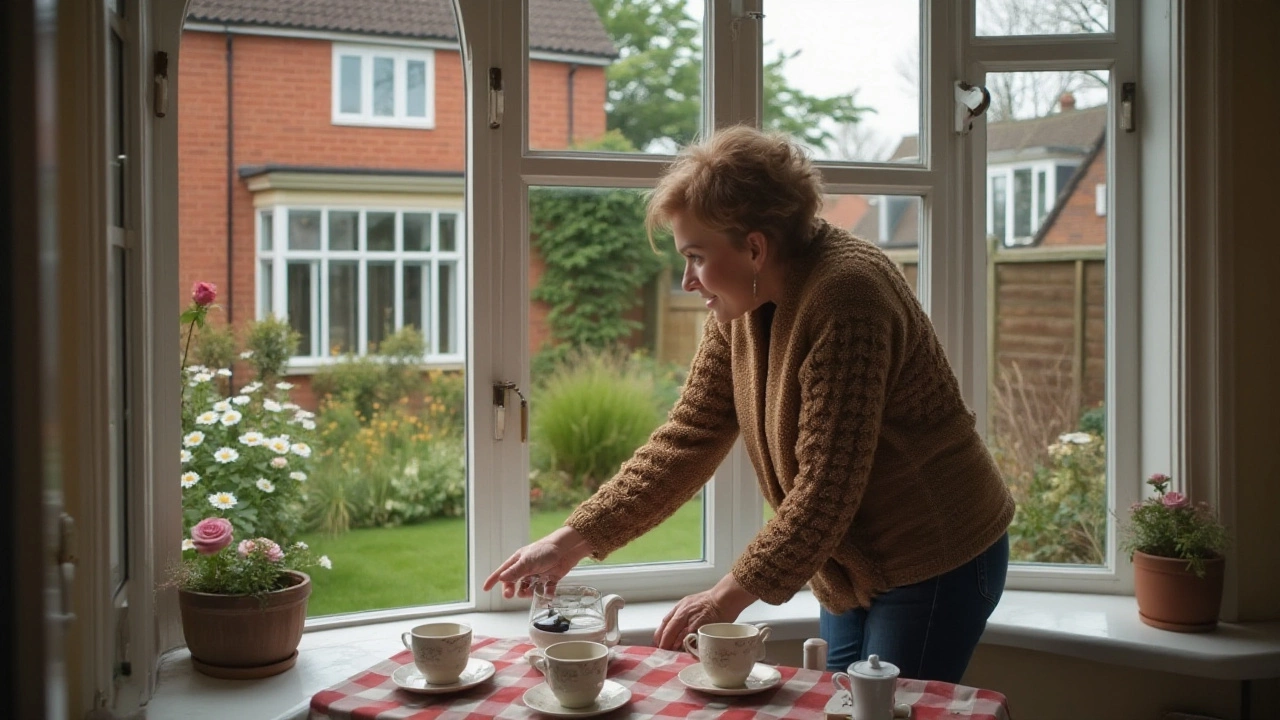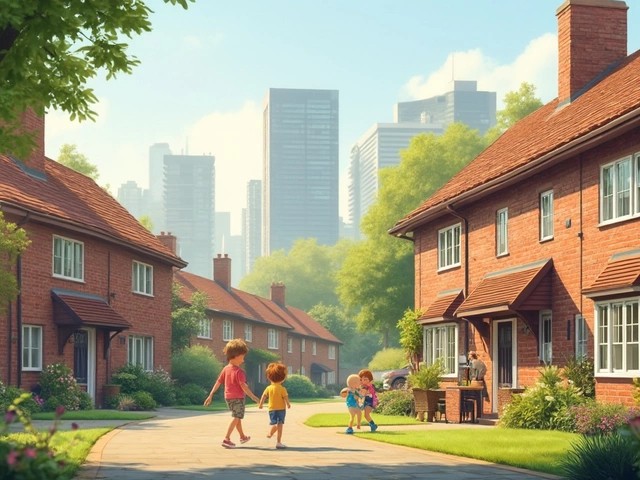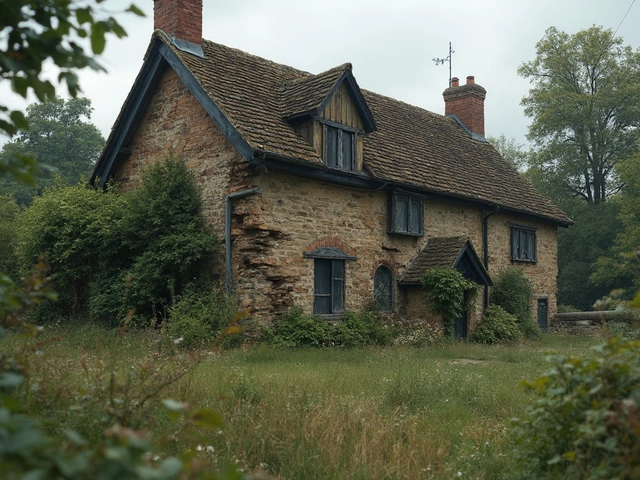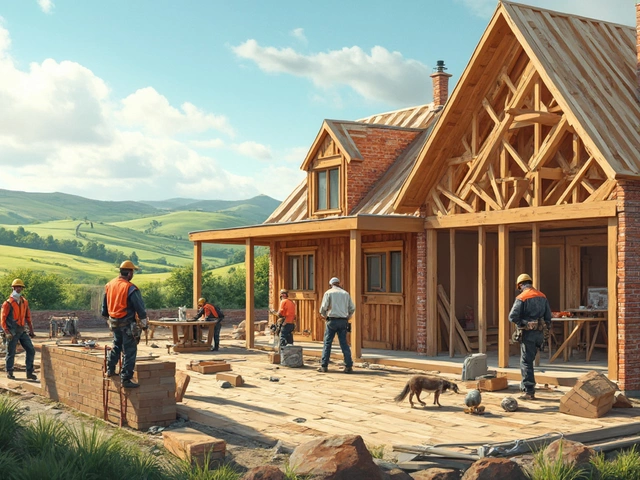Many homeowners believe that once their house is a few decades old, it is less likely to experience issues like settling. However, the reality can be quite different. Even homes that have stood firm for ten, twenty, or more years can continue to settle.
This process of a house settling might not grab headlines, but it is more common than you might think. Several factors contribute to this ongoing evolution of a home’s foundation, ranging from environmental influences to the very ground it sits upon.
Recognizing the signs and causes of settling is crucial. This empowers homeowners to take proactive steps for the maintenance and safety of their living spaces. Let's delve into what causes a house to settle, how to spot the signs, and what measures can be implemented to maintain structural integrity over the years.
- Understanding House Settling
- Causes of Settling After 20 Years
- Signs Your House May Be Settling
- Preventive Measures
- When to Seek Professional Help
- Maintaining Your Home's Integrity
Understanding House Settling
When it comes to the subject of homes, settling isn't just about finding your emotional or financial comfort zone. In real terms, a house does settle over time, adapting and adjusting to the environment, weight they bear, as well as other invisible forces. This phenomenon is a complex process, primarily involving the gradual shifting of a house's foundation. While it’s completely natural, particularly in the first few years after construction, settling can sometimes persist into the house's third or even fourth decade.
Consider the landscape on which a house is built. Soil conditions play a huge role in how a house settles. For example, clay-heavy soil tends to expand and contract with moisture variations. This can cause noticeable shifts and movements, impacting the very fabric of a home. The quality and composition of soil, along with the water table level, can influence how much and how often the foundation of a house shifts. It’s fascinating how something as basic as dirt beneath our feet can silently dictate the long-term stability of a place we call home.
Additionally, the initial construction techniques employed lay the foundation (literally) for how a house settles over the years. A well-constructed home with a solid foundation and the correct type of base material will settle evenly, minimizing the risk of any significant structural problems. Voids in construction integrity—like uneven weight distribution or lacking moisture barriers—can lead to more severe settling issues. It’s interesting to note that leveling might stay unnoticed for many years, then reappear under the right environmental conditions, like during prolonged droughts or heavy flooding.
The climate and weather also bear significant relevance in this equation. Areas that experience seasonal extremes, say freezing winters juxtaposed with sweltering summers, can see intense soil movement. These climatic variances cause the soil to freeze, thaw, dry out, and expand in uneven ways, leading to fluctuating and often unpredictable settling patterns. Despite our technological advancements, weather remains an unpredictable factor in the settling saga of homes around the world.
"A home that integrates considerations of local geology and adheres to best practices in foundational construction benefits vastly in the long run," states renowned architect Fred Bernstein.
In some cases, settling might manifest itself visibly, like through uneven floors, sticky doors, or even cracks forming in the walls. While these symptoms might seem like cosmetic issues on the surface, they can sometimes signify deeper problems beneath. Homeowners need to remain vigilant and proactive by delving into these signs to preempt possible exacerbations, preserving both their financial and emotional investments.
Spotting Settling Early
Recognizing early warning signs can make all the difference in maintaining a home’s structural integrity. Constant vigilance towards these indicators might prevent more acute issues down the line. For many, it begins with minor cosmetic cracks which, while initially brushed off, should never be ignored. Over time, these can progress, acting as windows into deeper foundational issues. Moldings and baseboards that detach, windows that jam, or even gaps appearing along the exterior perimeter signal a house’s quiet and sometimes jarring tale of disbalance.
It's critical to understand that as a house settles, it isn't just about ground forces but a symphony of factors including time, material fatigue, and unforeseen geological shifts, all playing their part in this intricate dance. Seeking professional advice when indicators begin to surface could save both headaches and finances in the long run, helping secure peace of mind for years to come.
Causes of Settling After 20 Years
It's a common misconception that a house only settles during the first few years after construction. In reality, various factors can cause a home to continue settling even after two decades or more. One major player is the soil beneath the foundation. Soils with high clay content are notorious for expanding and contracting with moisture changes, exerting pressure on the foundation. Over time, this can lead to foundation issues in any type of property.
Another common culprit is the erosion of soil due to water drainage issues. Inadequate drainage systems can cause water to pool and gradually erode the soil supporting your home's structure. As moisture seeps into the ground, it slowly washes away soil particles that provide crucial support to the foundation, causing gradual settling. This is why it's vital to maintain a properly functioning drainage system around your home to minimize such risks. Don't overlook climate as a contributing factor. In regions with significant seasonal temperature changes, freeze-thaw cycles also play a role in soil movement, affecting your home's stability.
The quality and materials used in the original construction also have a long-lasting impact. Even seemingly minor flaws in construction can become more pronounced in later years as the materials themselves experience natural wear and tear. For example, older concrete might have small cracks that, over time, allow moisture intrusion. This exacerbates structural stress and contributes to settling. Similarly, timber and framing might warp due to humidity fluctuations, slowly affecting the geometric integrity of the house.
“The interaction between a house and its environment remains dynamic long after the builders have left. Understanding the ongoing nature of settling can help homeowners make informed decisions about maintenance and repairs.” — Arthur Goodson, Structural Engineer
It's interesting to note the influence of vegetation on a house's foundation. Trees and large shrubs planted too close to a home can significantly impact soil conditions. Their roots can spread under the foundation, absorbing moisture and causing the soil to contract. On the flip side, when roots die, they decompose, leaving voids that can lead to settling. The balance between nature and construction is delicate and requires vigilant care to prevent unexpected settling.
Lastly, natural events such as earthquakes, though possibly infrequent depeding on your location, can have significant cumulative effects. Structures can endure minor shifts over time, which can lead to unnecessary stress and settling. Even small tremors can nudge the house ever so slightly, if repeatedly occurring, resulting in perceptible changes down the line. Knowledge of local geological activity and mitigating potential risks can support the longevity of your home’s structural integrity.
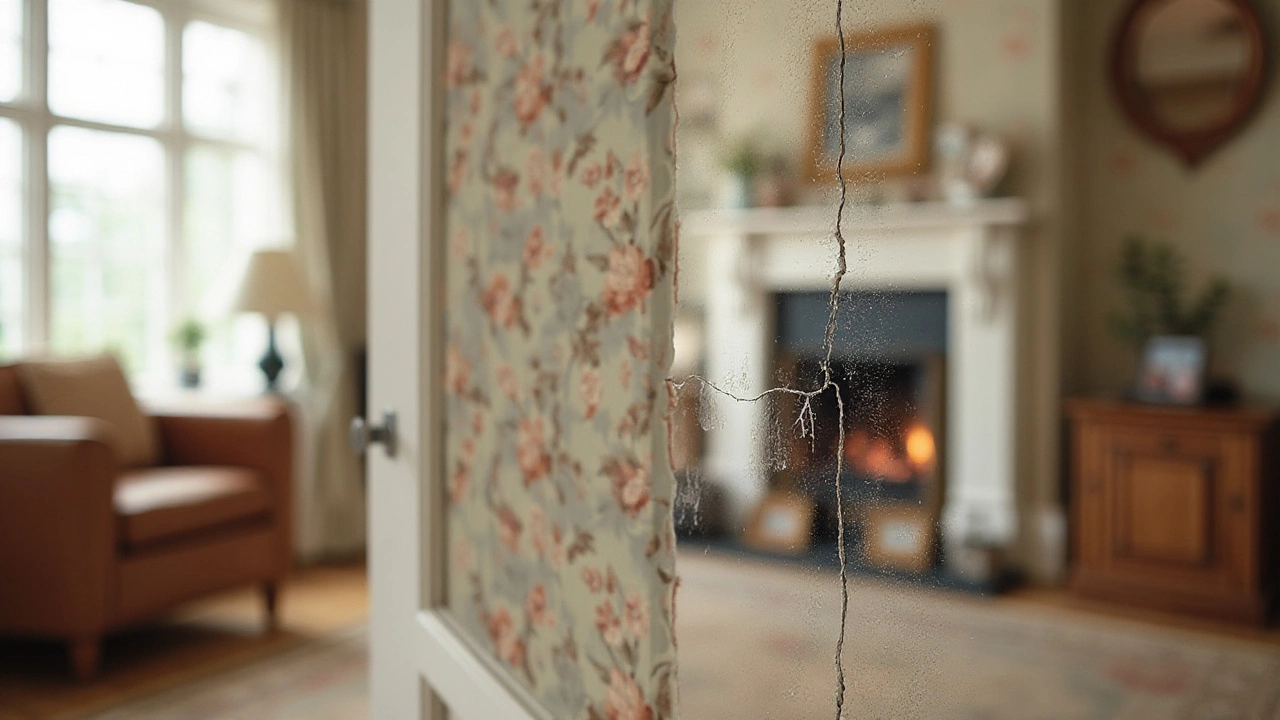
Signs Your House May Be Settling
When a home begins to settle, it often displays subtle but telling signs that are worth paying attention to. Opening or closing doors might feel different from how they did in the past—perhaps a door once swung smoothly now drags on the floor or doesn't latch correctly. These small annoyances could be indicative of significant underlying issues, particularly if they appear suddenly in a home that is 20 years old or more. Floors are another hotspot for signs of settling. You might notice more creaks and groans than usual, or sections of the floor that are inexplicably uneven. Walking across your living room shouldn't feel like traversing a gently rolling landscape.
Cracks in the walls, especially those that seem to widen or travel across surfaces, are among the most obvious signs of house settling. These cracks can appear over doorways, windows, or along drywall seams and often follow straight lines, hinting at significant movements in the structural components of the house. Occasionally, you might notice similar cracks in the ceiling. While minor hairline cracks are typical in any structure due to minor shifts over time, persistent and expanding fissures warrant deeper investigation.
Another area revealing the subtle signs of settling is within your windows. If those double-hung panels seem to require Herculean effort to open or shut, the problem might stem from foundation problems altering the frame dimensions. This issue can create unwanted gaps that lead to drafts, higher humidity, or water seepage—a trifecta of doom that could impact your home's comfort and energy efficiency. Keeping an eye on window frames and detecting any light creeping through mishandled seams might pinpoint an issue locally yet substantiate a broader settling concern elsewhere in the home.
Let's not forget exterior indicators like bricks and foundations, where stair-step or zigzag cracks paint a troubling picture. These shouldn't be confused with superficial surface damage, as their alignment and extension can suggest foundation issues. Similarly, if you notice mortar between bricks wearing at a rapid pace, sealing everything up might not be enough; it calls attention to weight shifting that requires a more permanent remedy. In extreme cases, you might observe pronounced tilting or separation of steps, patios, or porches away from your main structure.
A less commonly considered sign is the spontaneous appearance of plumbing issues. If your plumbing becomes temperamental, delivering inconsistent water flow or pressure, it could be a warning that the home’s movement has stressed pipes or connectors, leading to leaks or fractures within concealed areas. Consulting with a professional plumber to explore the unseen elements might provide proof of the pressures not visible to an untrained eye. Remember, while settling has numerous potential indicators, acknowledging these early warnings can help you act promptly to mitigate potential damage.
Preventive Measures
While a 20-year-old house might still experience settling, taking preventive measures can greatly reduce potential issues. To begin with, regular inspections are essential. Homeowners should schedule structural assessments with a certified inspector every few years. Such professionals can identify early signs of settling, such as minor cracks or slight sagging, before they develop into more serious problems. These inspections can provide peace of mind, and avoid costly repairs down the line.
Another crucial factor to consider is controlling the moisture around your home. Foundation movement is often a consequence of fluctuating moisture levels in the soil. To manage this, make sure that your gutter systems are in good condition and direct water away from the foundation. Drenching rains or badly managed irrigation systems contribute to inconsistent soil moisture, potentially leading to shifting or settling. Installing French drains or creating a slight slope away from your home are effective strategies to manage water flow.
"The key to maintaining a sturdy home begins with understanding the interplay between water and foundation," notes building engineer Alex Morris. "Consistent exposure to excess water often leads to formidable structural changes."
Landscaping, too, plays a pivotal role. Trees planted too close to the home can pose risks; their roots may exert pressure on the foundation, or they may extract too much moisture from the soil, causing it to shrink. It's helpful to establish a buffer zone of at least 15 feet between large trees and your house. Meanwhile, ensure smaller shrubs and plants don't impede drainage. Moreover, the utilization of mulch in flower beds should be monitored, as it can encourage water collection if applied too heavily.
For properties in regions prone to soil movement, such as clay-rich areas, proactive solutions like soil stabilization might be worthwhile. Techniques such as injecting expansive foam or using special soil treatments can enhance ground stability. In areas notorious for extreme weather conditions, installing adjustable foundation supports, such as helical piers, can provide additional stability and flexibility to accommodate natural settling.
Lastly, staying informed and proactive is vital. Being aware of the signs of foundation issues and educating yourself about local soil conditions can prepare you better for potential challenges. Many local government websites offer geological information that highlights specific risks and necessary precautions for certain neighborhoods or regions. Understanding these dynamics allows homeowners to take a tailored approach, ensuring the structural integrity of their cherished abode remains intact for years to come.
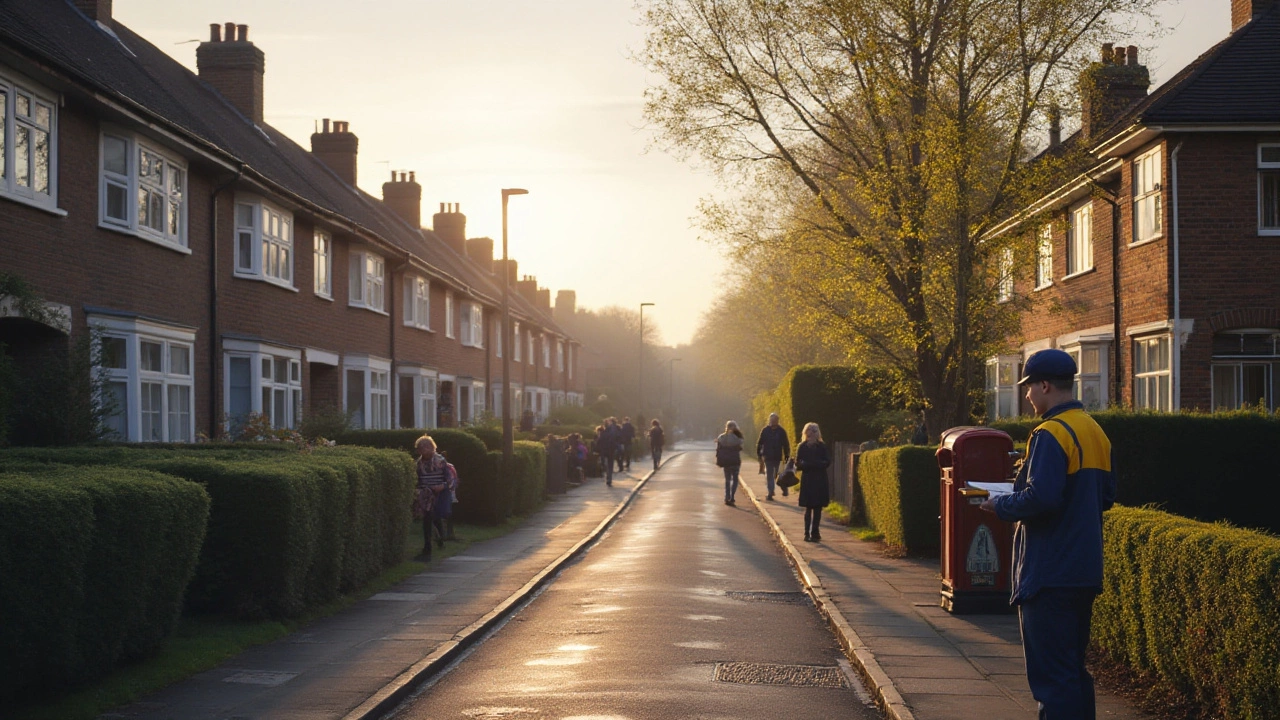
When to Seek Professional Help
As a homeowner, there comes a time when you might notice subtle shifts or changes in your home that could indicate house settling. While some changes are minor and expected over time, others may signal the need for professional intervention to safeguard the structural integrity of your residence. Understanding when to seek expert advice can save you heartache and expense in the long run.
One prominent sign that you might need to consult with a professional is the appearance of cracks in your walls or ceilings. Not all cracks pose an immediate threat; however, if you notice that they are larger than a quarter of an inch in width, zigzagging patterns, or suddenly appear and expand rapidly, these should prompt a professional assessment. Such cracks could indicate shifts in the foundation affecting the structural integrity of your building.
Another compelling reason to contact a professional is when you begin to experience difficulty with doors or windows. If they start sticking, won't close properly, or exhibit gaps, these can be telltale signs of a settling foundation. As the supports of your home shift, they can warp frames, leading to drafts or water intrusion, neither of which are conducive to a healthy living environment.
Additionally, uneven or sloping floors can signal more serious underlying issues. A dramatic change in floor level might suggest that your foundation has settled significantly, warranting expert intervention. If you place a ball on the floor and it rolls across the room unassisted, you likely encounter a problem beyond simple household maintenance.
Water intrusion in a basement or crawl space is another red flag that should never be ignored. When the foundation begins to settle unevenly, it may create voids where water can accumulate. Over time, this can lead to moisture damage and mold growth, impacting both your home’s structure and indoor air quality. If you notice persistent dampness or water stains, it's time to call in the professionals for a thorough evaluation.
Similarly, if you notice that the exterior siding or bricks are pulling away from the rest of the house, this could be indicative of more than mere aesthetic issues. Such separation could lead to significant foundation issues if left unchecked. Professional assessments in these situations not only address cosmetic concerns but ensure the long-term stability of your home.
"Regular inspections by a structural engineer can prevent minor settling issues from becoming major structural problems," advises the American Society of Civil Engineers.
When in doubt, it’s always best to err on the side of caution by seeking out professional assistance. Not only does it bring peace of mind knowing your home is structurally sound, but it could also prevent costly repairs in the future by addressing issues early and effectively. Whether it's consulting an experienced contractor, a home inspector, or a structural engineer, their expertise can provide detailed insights into the problem and recommend appropriate solutions.
Maintaining Your Home's Integrity
When it comes to maintaining your home’s integrity, it's all about being proactive rather than reactive. Preventive measures can save you from costly repairs down the road, especially when you're dealing with potential issues like house settling that might sneak up after two decades. The integrity of a home begins with one of its most important components: the foundation. Regular inspections are crucial. Consulting a professional once a year for a comprehensive inspection might seem like a hassle, but it’s a small price to pay for peace of mind. During these inspections, focus on the foundation while also keeping an eye on other key areas like your roof, plumbing, and electrical systems. Nothing lasts forever, but proper maintenance certainly helps delay the inevitable wear and tear of time.
Foundation issues aren’t always obvious right away. Look for subtle signs like tiny cracks in the basement walls or even small discrepancies in door alignments that weren’t there before. Catching these early can make a world of difference. You also want to ensure that water is properly channeled away from your foundation, as water accumulation can exacerbate settling. Installing new gutters or adjusting your landscaping to promote proper drainage can be effective strategies. Remember, water is one of the most potent forces when it comes to wearing down a home’s foundation over time.
Routine Home Maintenance
A smart homeowner knows the value of routine maintenance. It's less glamorous than a fresh coat of paint or a remodel, but simple tasks like cleaning out gutters, trimming back trees, and sealing cracks in your driveway or patio can significantly bolster your home’s defenses against settling. Routine maintenance is the lifeblood of a healthy home. It’s also important to keep track of what needs regular checks. Create a maintenance calendar or list to remind you of what to check and when. This simple tool can help ensure that maintenance doesn’t slip through the cracks—pun intended.
- Schedule annual foundation inspections.
- Ensure proper drainage away from your foundation.
- Address cracks and leaks immediately.
- Keep a detailed maintenance calendar.
- Monitor structural changes such as door and window alignments.
A home inspector once said, "Homes are like living organisms; they respond to the environment, aging, and the attention they are given." These words ring truer than ever when you think about the nuances of household maintenance. Just as with any regular upkeep, it’s not merely about preserving look, it’s about ensuring safety, comfort, and long-term investment protection.Ultimately, maintaining a 20-year-old home or any house requires vigilance, a keen eye for detail, and a willingness to invest in its future. As settlers in a dynamic world, our homes face ever new challenges. Meeting these with timely maintenance and informed responses can aid in not only maintaining your home’s integrity but enhancing it.

